Beginning
The story of the Sheldons in Warwickshire begins with the first use of the name in 1189 when Oenus de Scheldon [Owen de Sheldon] appears in the Pipe Rolls of the first year of the reign of Richard I. This is both first use of Scheldon as a hereditary surname in Warwickshire and the first recording of the place of Scheldon which later becomes Sheldon. This to settle a debt owed.
The Setting
In 1086 the place Machitone, later Mackadown is listed in the Domesday book. This was the site of the Anglo-Saxon Macca’s tun or ” Macca’s farm.” It’s current location is at the intersection of Tile Cross Road and Mackadown Lane in an area now occupied by Tile Cross Park. Mackadown later becomes a part of Scheldon. On the map below Kent’s Moat encompassed a 12th century sub-manor house of Sheldon known as the West Hall. Sheldon Hall at Tile Cross being the East Hall [on the map below called Mackadown Farm.] The Sheldon Hall Manor, now on Gressel Lane, was built in the 12th century. It was replaced in the early 16th-century with a timber-framed manor house which is still known as Sheldon Hall. It appears on the Map below as the Chestnuts.
The following is an old postcard of the Chestnuts aka Sheldon Hall. Currently operating as a pizza parlor.
Machitone in 1086 had 14 households. By comparison with the other places in order Merstone [now Marston Green] 6 Households, Elmedone [Elmdon] 0 households, Winchicelle [Wiggins Hill] 0 household, Dercetai [Dotshill] 9 households, Witecore [Nether Whitacre] 8. The closest large community was Coleshill with 54 households. Coleshill would be the jurisdiction in the Hundred of Hemlingford.

1086 Domesday Book: Machitone [Sheldon], Marston, Elmdon, Wiggins Hill, Dotshill, Whitacre
In 1911 the population of Sheldon was 451. Today the borough of Sheldon is about 22,000 souls, part of the greater Birmingham area. Coleshill has about 6,000 and Coventry 73,000. So Coleshill did not take off in the same way as Birmingham or even Coventry. Nether Whitacre went from 8 households to a population of about 950. In any event when Owen de Scheldon makes his first appearance it is a small hamlet with Coleshill being it closest larger village.
Next Generations
Next in the record is Anselm de Scheldon who appears in the Roll of the Justices of Eyre for Warwickshire for 1221 for 1/2 Knight’s Fee and then again 1235-1242. He is listed as a witness on an undated land grant by Jordan de Whitace to Helias son of Helias of Makinton [in the Netherlands Helias is known as the Knight of the Swans]. We have a mention of a William de Sheldon as a witness to a Quitclaim for Lady Margery do Nerbon widow which places this about 1245-55. We do not know what his relationship to Anslem de Scheldon is. We do know that Anselm’s son Henry was his heir and succeeds him as Lord of Sheldon in 1288. We know that Anselm’s was a knight in 1221 and typically a knight would have been at least 21 so this places his birth around 1200, which is consistent with him being the son of Owen. So Anselm’s estimated lifespan c.1200-1288
It is Anselm’s son Henry that has the first church built in Sheldon dedicated to St. Giles about 1250.
In 1260 Henry confers a house and 2 acres to a William de Scheldon [perhaps the same as above, possibly a brother?] who was the parson at Sheldon. I am surmising this “may” be the land shown below the church as the Sheldon Rectory. The church is just a short way south of the previous map.
About 1278 Henry de Scheldon is part of the Inquisition and survey of lands in Warwickshire. It is unclear to me if this is the same Henry de Scheldon or perhaps a son Henry. In about 1279 he is acting as the King’s Commissioner and by 1282 he has received 1/2 Knight’s fee for service to the King. So our Henry seems quite ambitious working his way up to knighthood, like his father before him! And as previously noted succeeding his father in 1288 as Lord of Sheldon. His son Nicholas de Scheldon appears to succeed his father about 1315 as Lord of Sheldon, placing his father’s lifespan at about (1225-1315). If so both very long lived.
At this point there are several Scheldon families including the William previously mentioned who witnesses additional deeds. And a William the son of William de Scheldon. In 1291 there is a Deed from Robert called de Engelond of Scheldon listed as a merchant to a William Brown of Coleshill. He appears in a second deed as a witness. We also have a William son of Osbert de Sycheldon deeding land to Thomas de Wridfren. In 1296 we have a Ralph de Scheldon as a witness and clerk to a deed in Wroxall. Then we have a Richard de Scheldon in 1300 deeding to Sir John de Clintone land in Coleshill with witnesses Sir Henry de Scheldon, knight and a Robert de Scheldon. Another deed in 1300 speaks of the land of Robert de Scheldon in Merston [now Marston Green].
The Rise of Nicholas de Sheldon
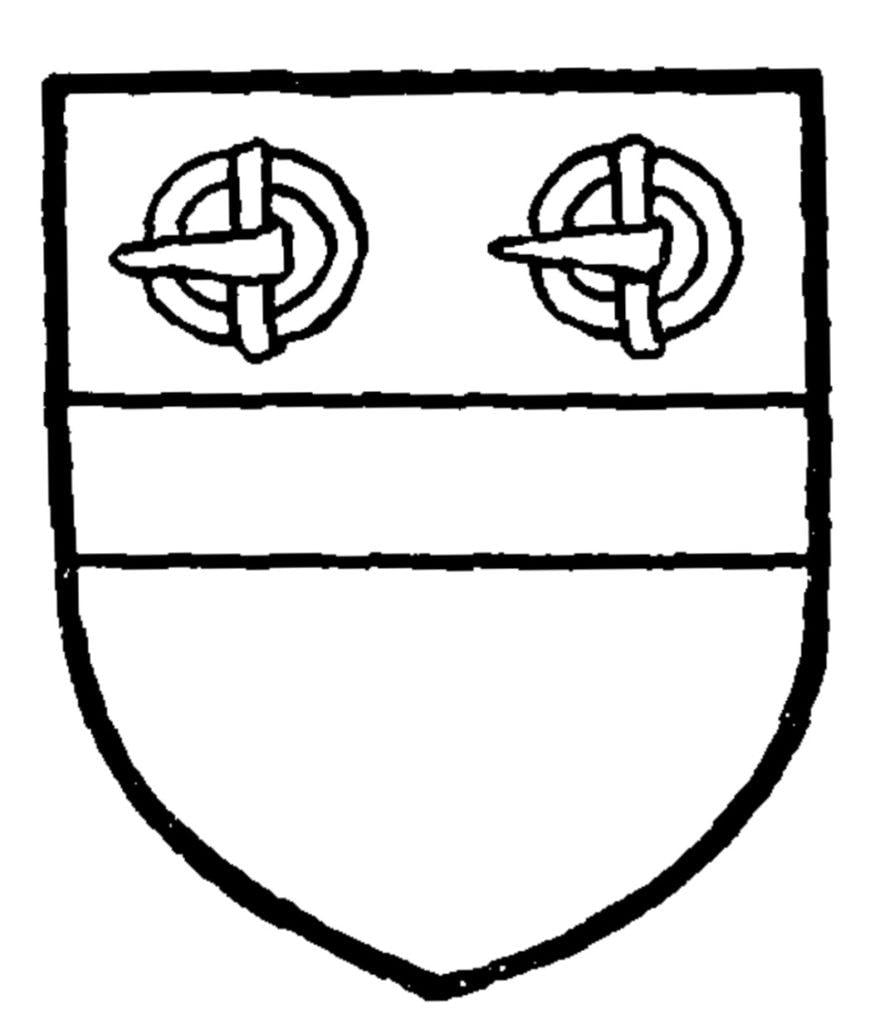
Nicholas de Sheldon Coat of Arms from History of the County of Warwickshire
The first record we have for Nicholas de Scheldon c 1283-1349 is as Nicholas Lord of Sheldon in 1304-05 where he is mentioned in a land deed. In 1306 King Edward I put out a royal proclamation that all esquires eligible for knighthood should come to Westminster to be knighted in turn by their future king [his son Edward], and then march with him, against the Scots, to avenge the murder of John III Comyn [killed Feb 1306] and the desecration of Greyfriars Church in Dumfries by Robert the Bruce. On the 22th May 1306 [Whitsuntide] on the occasion of the knighting of his son Edward, Prince of Wales, and then Duke of Aquitaine, 266 men, the largest number ever knighted at one time, received the Order of Bath at Westminster Abbey at an extravagant ceremony.
A huge feast followed called the Feast of the Swans in the neighbouring hall, the assembly took a collective oath to defeat Robert the Bruce. Nicholas de Sheldon appears as one of the men knighted that day in The Institution, laws & ceremonies of the most Noble Order of the Garter by Elias Ashmole c. 1672 pg 38-39 A rather auspicious beginning for young Nicholas.
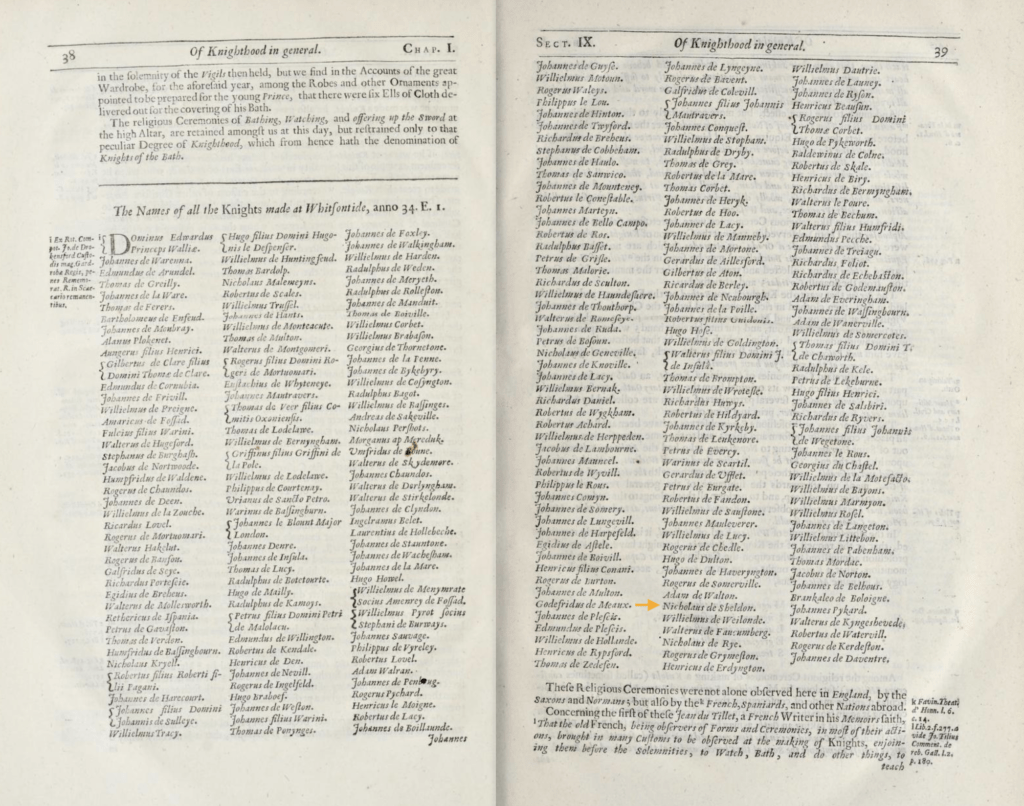
Order of Bath Knighted 22 May 1306 from The institution, laws & ceremonies of the most noble Order of the Garter 1677 page 38
He appears in December of that same year as witness to a deed between Thomas de Boyvil and Sir Richard de Wytacre of land in Little Packington as Nicholas de Sheldone and Knight. Then in 1316-17 he becomes Lord of the Manor of Sheldon and parson at St. Giles Church. September 3rd 1318 he is again listed as Nicholas de Schedlon Knight as a witness to a gift. In 1332-3 Nicholas de Scheldon, Knight deeds to William de Bromleye chaplain and William, servant of the rector of Scheldon a messuage, land, meadow etc in the Manor of Scheldone which William de Hurst held in Sheldone, a lease for life. Then on the 17th July of 1339 Nicholas de Sheldon is a patron to the Priory and Convent de Maxstoke.
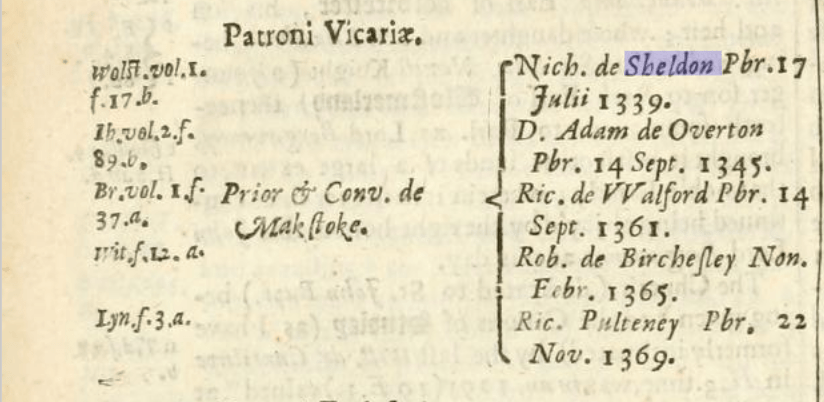
Nicholas de Scheldon Antiquities of Warwickshire pg 616
Maxstoke castle shown below is about 6 miles from Sheldon Hall and the Priory about 1 2/2 miles south of the Castle and about 5 miles from Sheldon.
In December of 1342 Nicholas de Sheldon becomes vicar of the church of St. Giles. As we see commemorated in this plaque in the Church.
Nicholas de Sheldon also appears in the History of Sheldon in Dugale’s Antiquities of Warwickshire pg 726 as the second prior of St. Giles church at Sheldon, after Thomas de Stodham.
Nicholas dies probably in 1349, as a new prior is installed in July 1349. There is a deed which is dated first year of the reign of Edward III which would be about 1327 and mentions “the late Nicholas de Scheldon” which many other records prove must be incorrect, including those shown above. I suspect there was an arrangement that took place in 1327 and was not proven until Nicholas’ death in 1349.
We have a document recorded at Lenton Abbey in Nottinghamshire, which is an enrollment of a grant by Thomas de Stodham who we know was the first Rector of St. Giles church in Sheldon [Nicholas de Schedlone being the second], reciting the lands he had as gift of Nicholas de Scheldon, knight which is listed as undated. Then there is the enrollment by Sir John Hothum, bishop of Ely, witnessing that Henry son and heir of Sir Nicholas de Sheldon, knight granted the use of lands in Sheldon to have for the term of the Bishop’s life. If the bishop should die in less than 10 years the said lands and advowson would remain with the bishop’s executors to the end of 10 years. With Henry’s assent Nicholas de Scheldon’s wife Lady Joan, “late the wife of Sir Nicholas Sheldon 10l yearly for her life from said lands.” This is dated 21 Oct Edward III which I believe to be an error. There are a couple of other recitations all bearing the same date. The final one is a enrollment of release by Henry to the said bishop for life of his right in the manor of Sheldon and in the advowson of the church; granting the bishop the reversion of all lands of the manor pertaining to Henry after the death of the tenants excepting lands that Robert and Thomas de Scheldon, brothers of Nicholas de Sheldon and Walter de Freynes hold in the manor. We have it that Henry de Scheldon dies without heirs and the estate passes out of Sheldon hands.
Nicholas and Joane de Scheldon had a son Henry de Scheldon, and Henry and wife Beatrice failed to produce heirs; at their death the Manor of Scheldon passed to others. However, the aforementioned brothers of Nicholas: Robert and Thomas carried the lines forward. They would have been entitled to the arms of their father Anselm, but that is lost to history.
In our next chapter we will explore the records of Robert and Thomas de Sheldon, as well as a Agnes, a John and a William de Sheldon all living in and around Sheldon and Birmingham during this same time period as Nicholas. Since we know Nicholas’ line ended with his son we must look to the others for the continuance of the line.
Kelly Wheaton © 2022 All Rights Reserved.
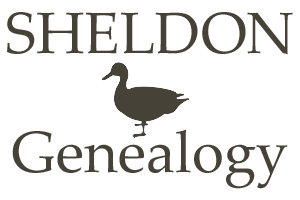
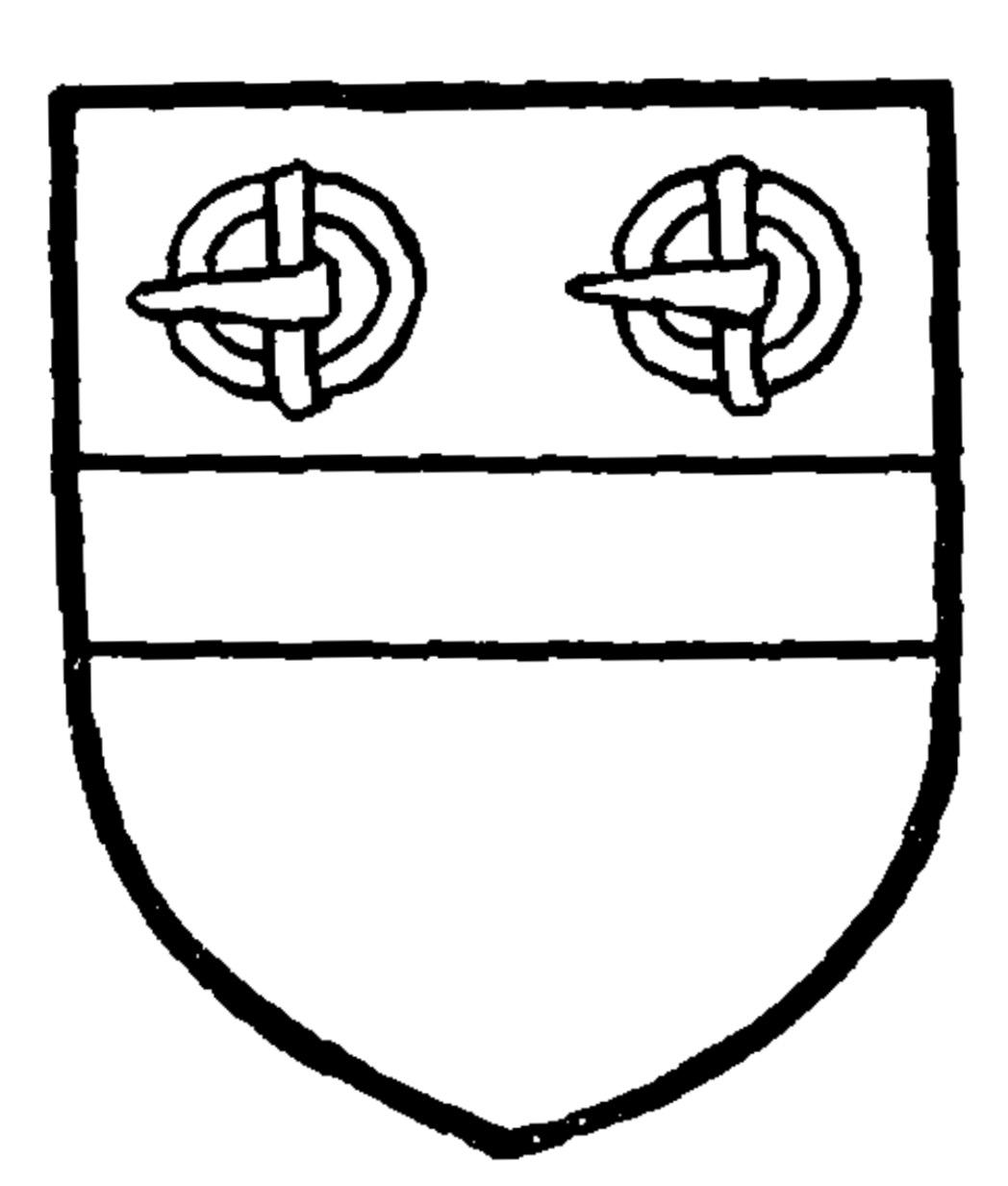

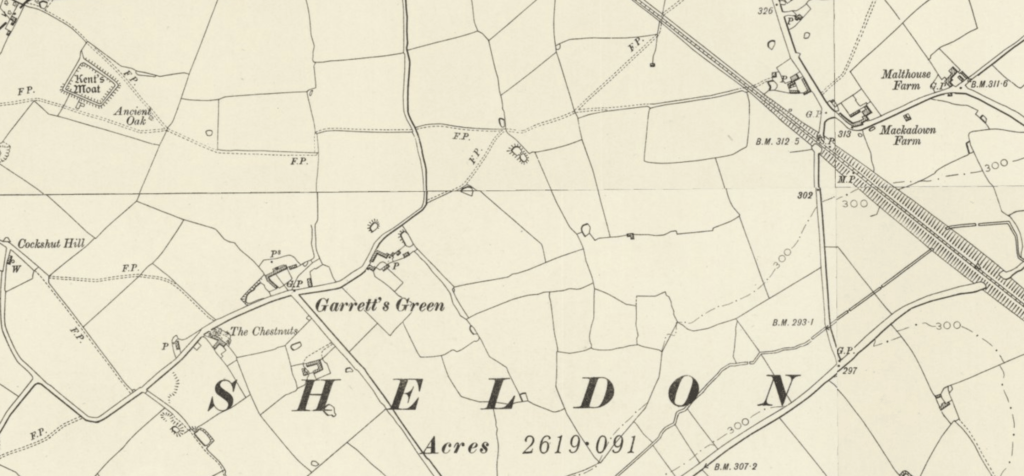
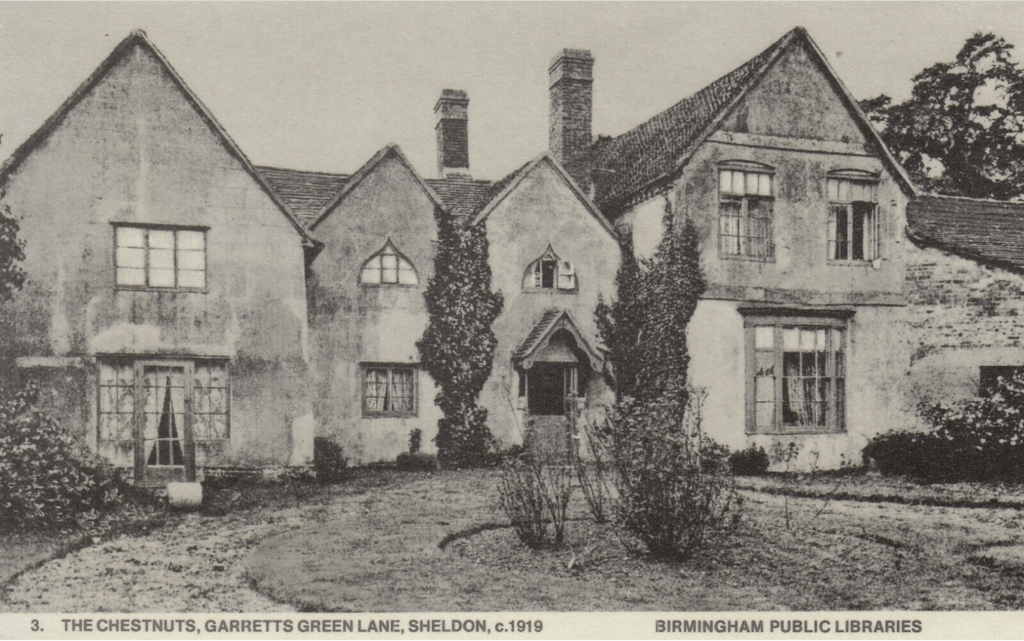
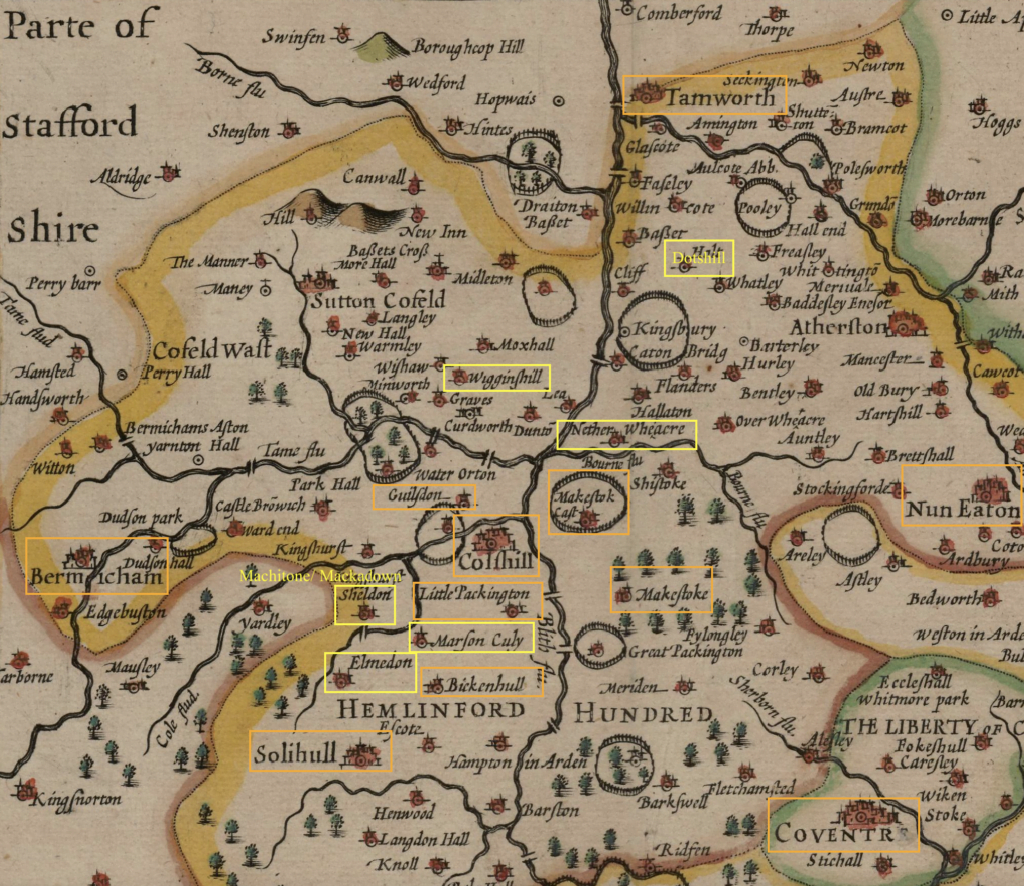
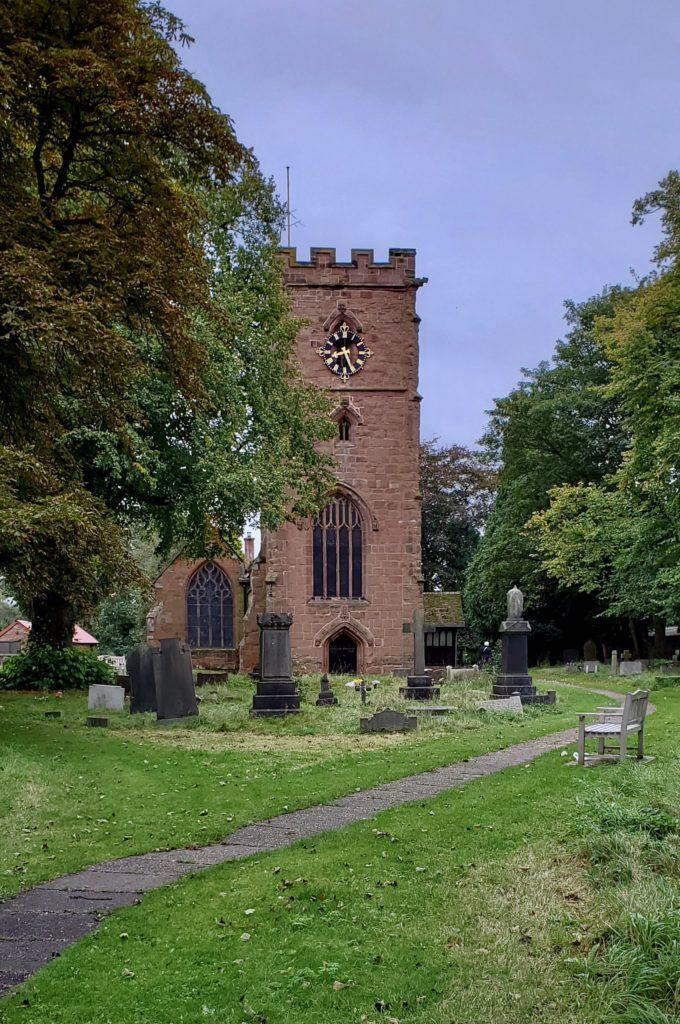
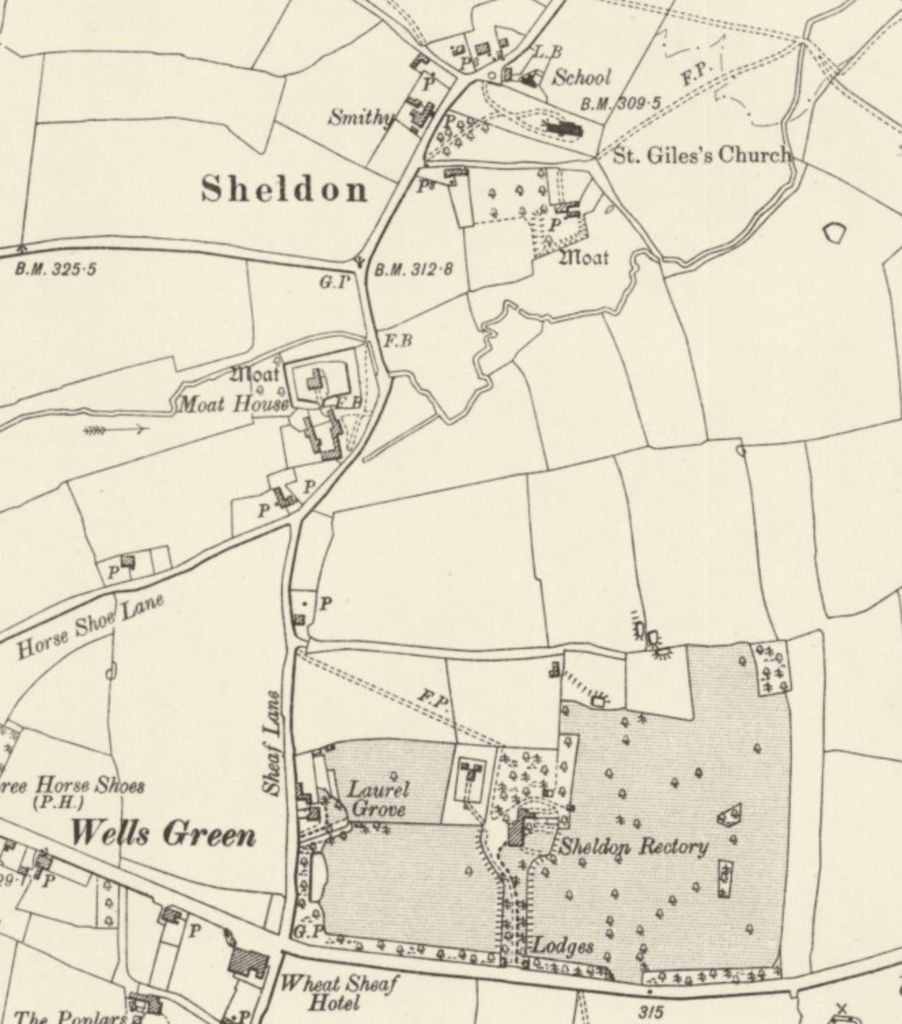
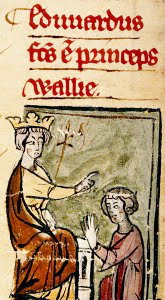
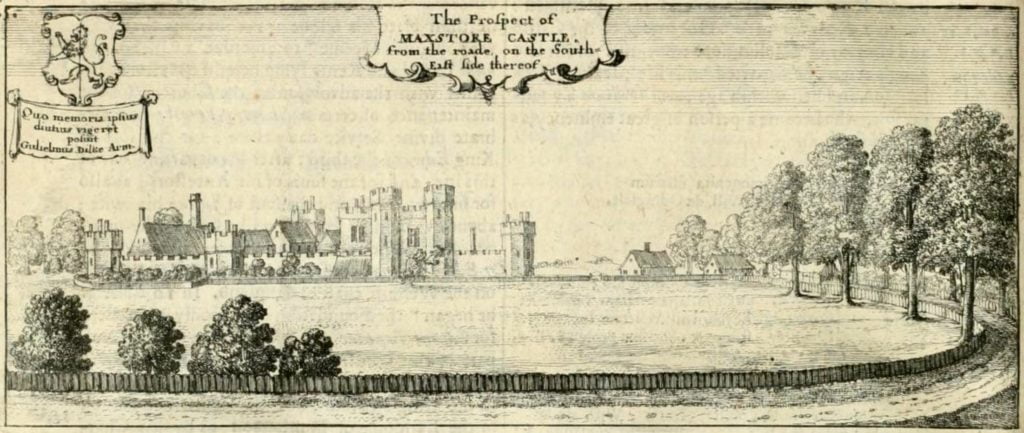
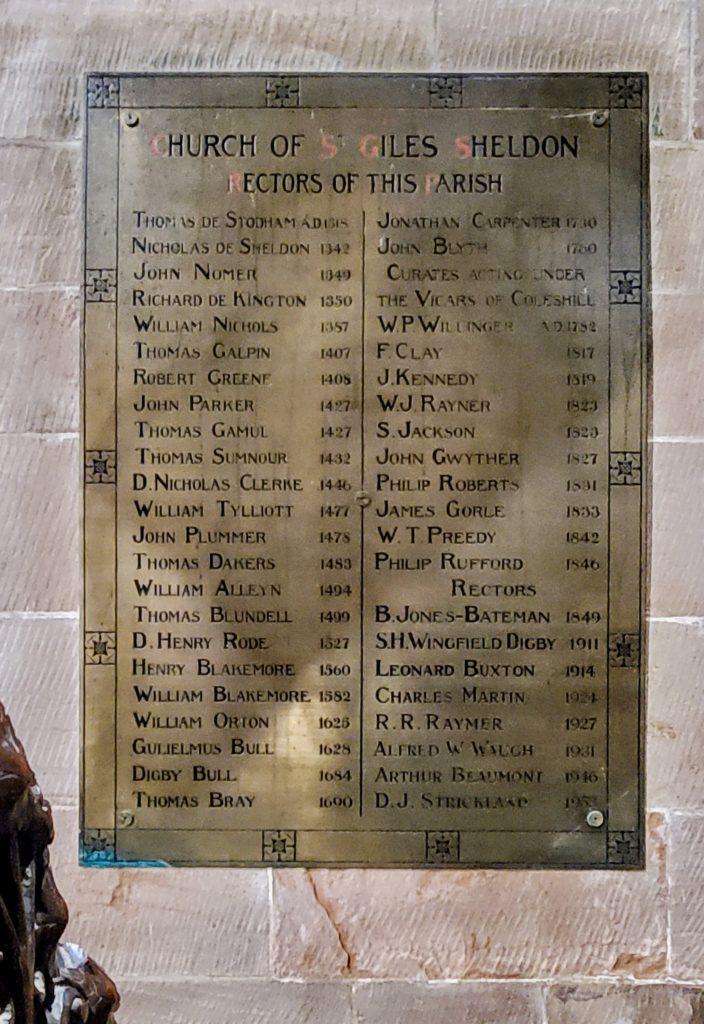

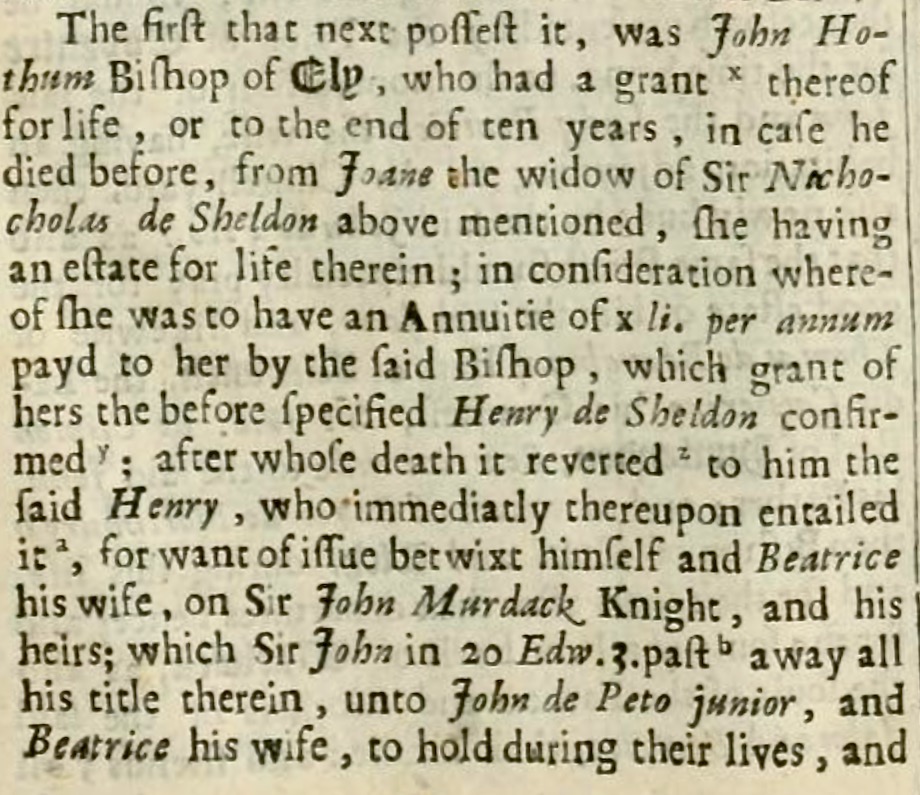
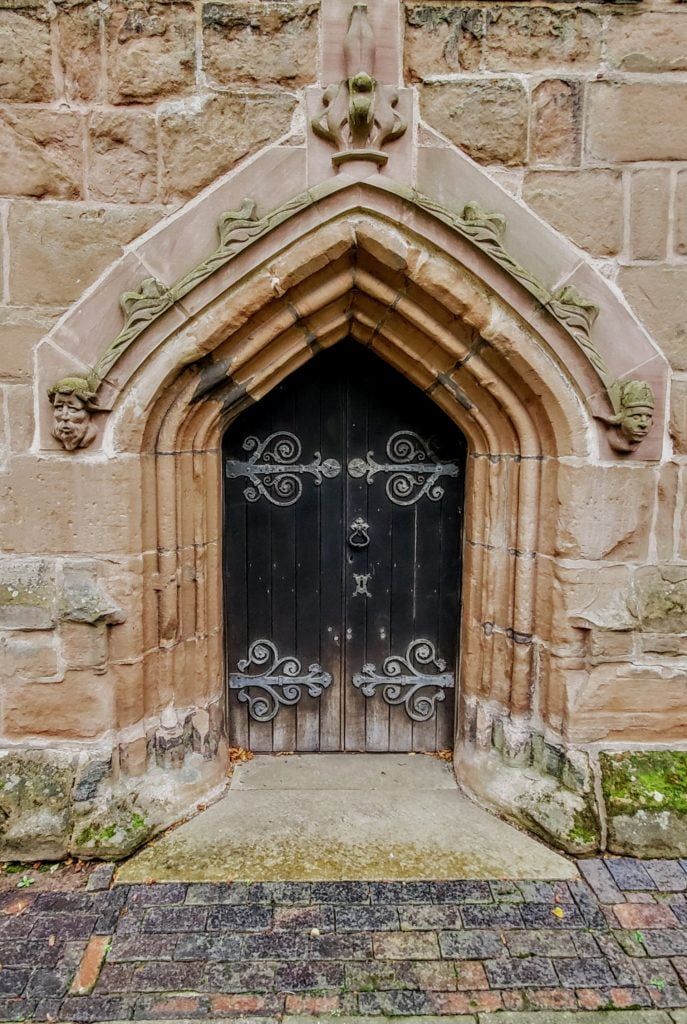
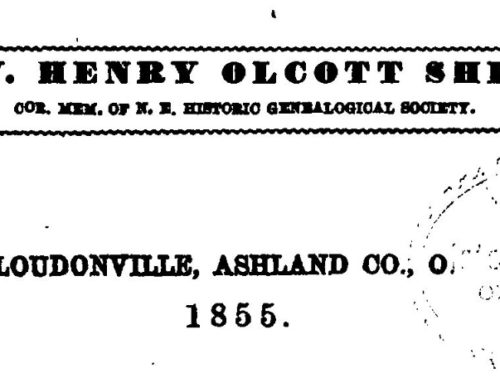

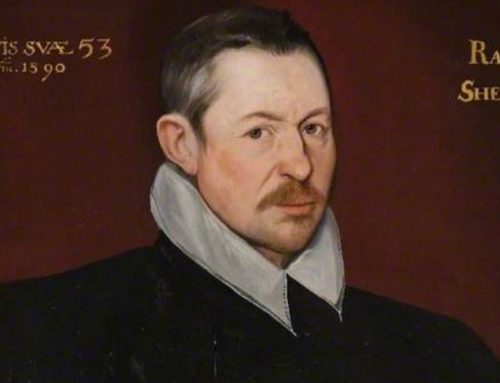
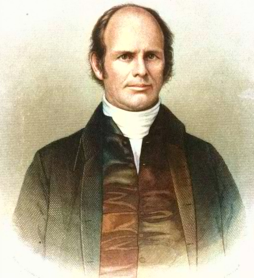

Leave A Comment
You must be logged in to post a comment.